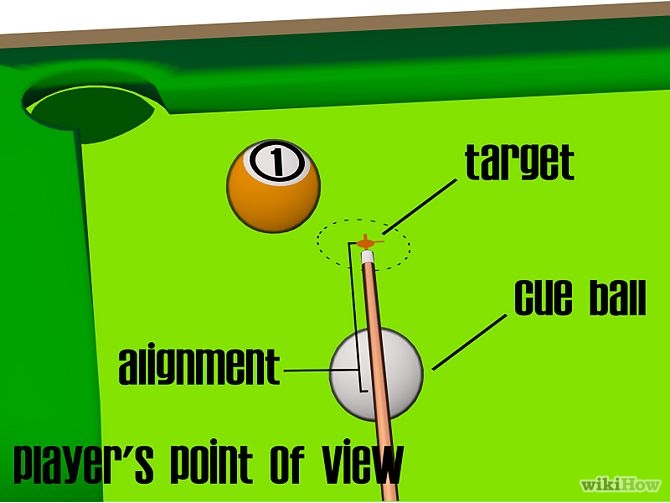
Pool is a classic game. In the 15th century, it was a form of croquet. Later, pool was used to bet. This was the beginning of the pool hall. Pool can be played today in many countries including the United States and Europe. There are many myths surrounding this popular sport. It is highly controlled and requires skill. Another myth is that it's a game based on luck.
Pool is a game that is played with the use of a cue and balls. Although the balls may be small, they play a crucial role in the pool game. They also have a wide range of shapes and patterns. To understand the game, it is essential to know how the balls are used. These balls can be quite difficult so it is important to learn their reactions to different shots.
Most pool balls made before the 19thcentury were made out of wood. In the beginning of the century, the majority of pool balls were made from wood. However, the game evolved and players started to use clay. Plastic began to replace clay in the manufacture of balls. Some balls were made from ivory. Ivory balls were expensive and were still manufactured until 1920. However, they were not very stable. Celluloid was another popular material that was discovered.

In 1907, the American chemist Leo Baekeland discovered petroleum-based plastic. This material was ideal for making pool balls. Plastic eventually became a viable substitute for the original wooden ball.
In the 19th century, pools were installed in parlors where people would bet on horse races. As a result, the name of the game changed. The French queue was originally the name of the game. It was used to ensure that horses did not cross the finish line.
Billiards has evolved from a lawn-game to an indoor game. There are many types of pool, including nine-ball and seven-ball as well as ten-ball and ten-ball. Most pool players today are either single or team players. Although the rules are uniform, the players have their own names. For a player to win, they must be aware of all the regulations and rules.
Even though most pools are found in public areas it is important that everyone be aware of potential dangers from untreated pools. Public pools are full germs and can prove very dangerous. They can not only be dangerous to your health but can also cause many inconveniences and frustrations. An overwhelming number of adults confess that they have found relief in swimming.

The most dangerous pool accidents involve children. The popularity of salt chlorination systems has increased over the last few decades. They can make their pools safer. These systems don't work for every pool. Another option is to use algaecide in combination with chlorine disinfectant.